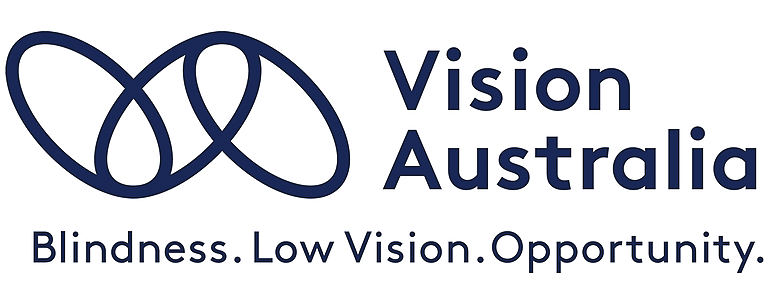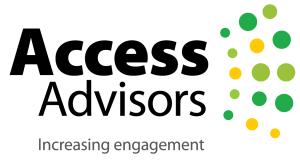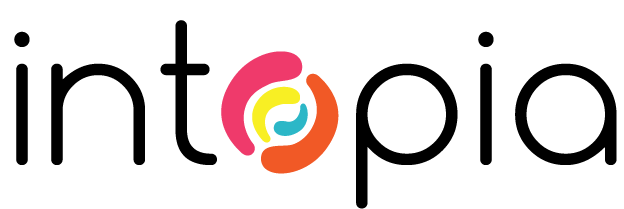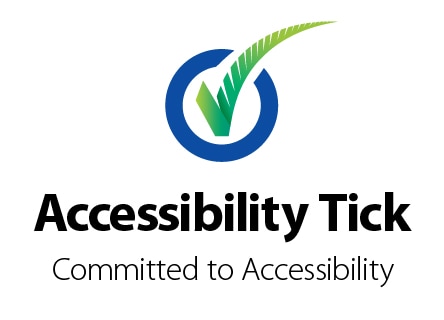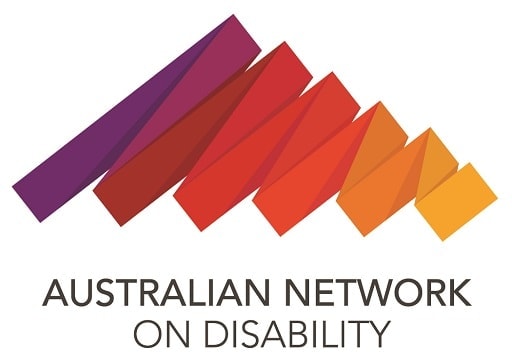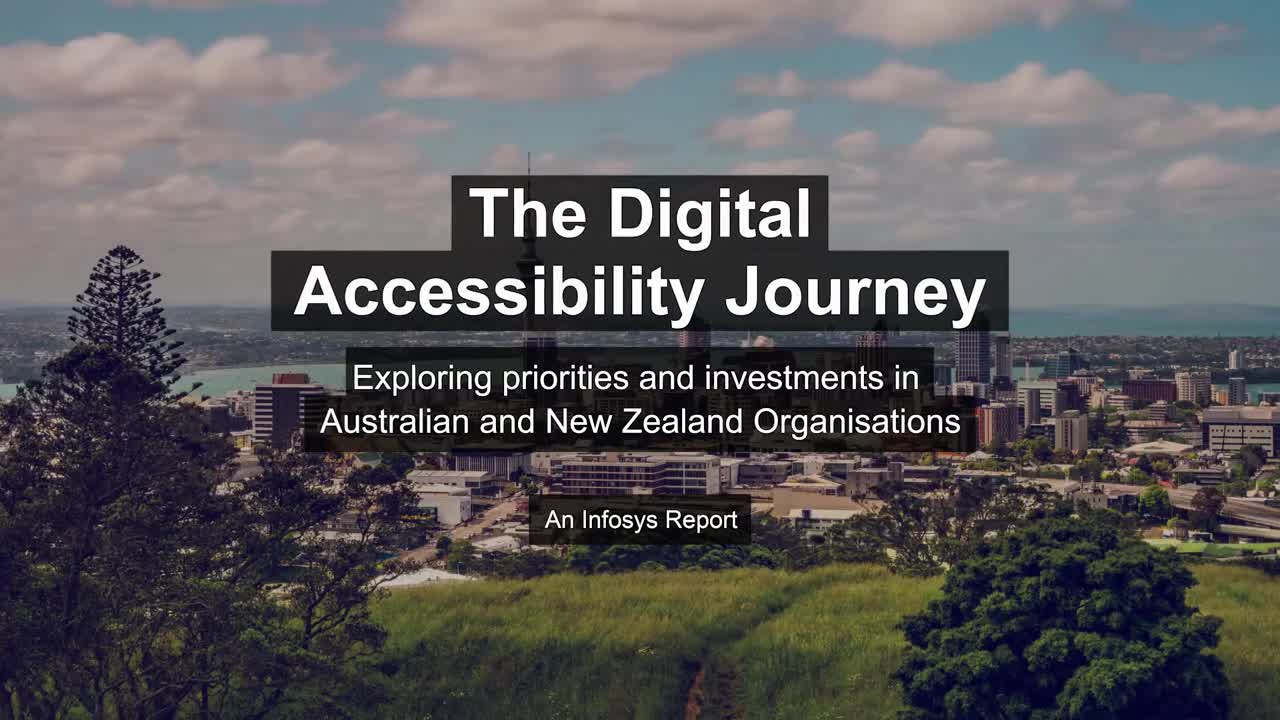Executive Summary
According to the UN Convention on the Rights of Persons with Disabilities, access to information and communication technologies - including the internet - is a basic human right. At least it should be, especially as society continues to live and work in a digital world, accelerated significantly by the COVID-19 pandemic.
In Australia, one in every five people have a disability, while in New Zealand the number's one in four. This scale shows that Digital Accessibility is simply non-negotiable if the benefits of a digital era are to be available to all.
Digital Accessibility impacts the whole organisation - not just the IT department. Accessible technology enables businesses to provide access to employment and supports an inclusive culture.

Amy Whalley
Deputy CEO of Australian Network on Disability
Key Findings
Infosys surveyed 670 organisations (570 in Australia and 100 in New Zealand) to find out where they are on their digital accessibility journeys, what routes they're taking, what barriers they're facing, and what advice they might have for those just starting out.
While many barriers and learnings are uncovered in this research, the overall shift is positive. The majority of organisations in this study have embarked on their Digital Accessibility journey, with only 8% making no or minor changes.
Organisations yet to begin their Digital Accessibility journey, with no or very few elements in place
Organisations with established Digital Accessibility foundations starting to build momentum
Organisations with Digital Accessibility embedded within processes and culture, but with room for improvement
Organisations consistently achieving Digital Accessibility standards for customers and employees
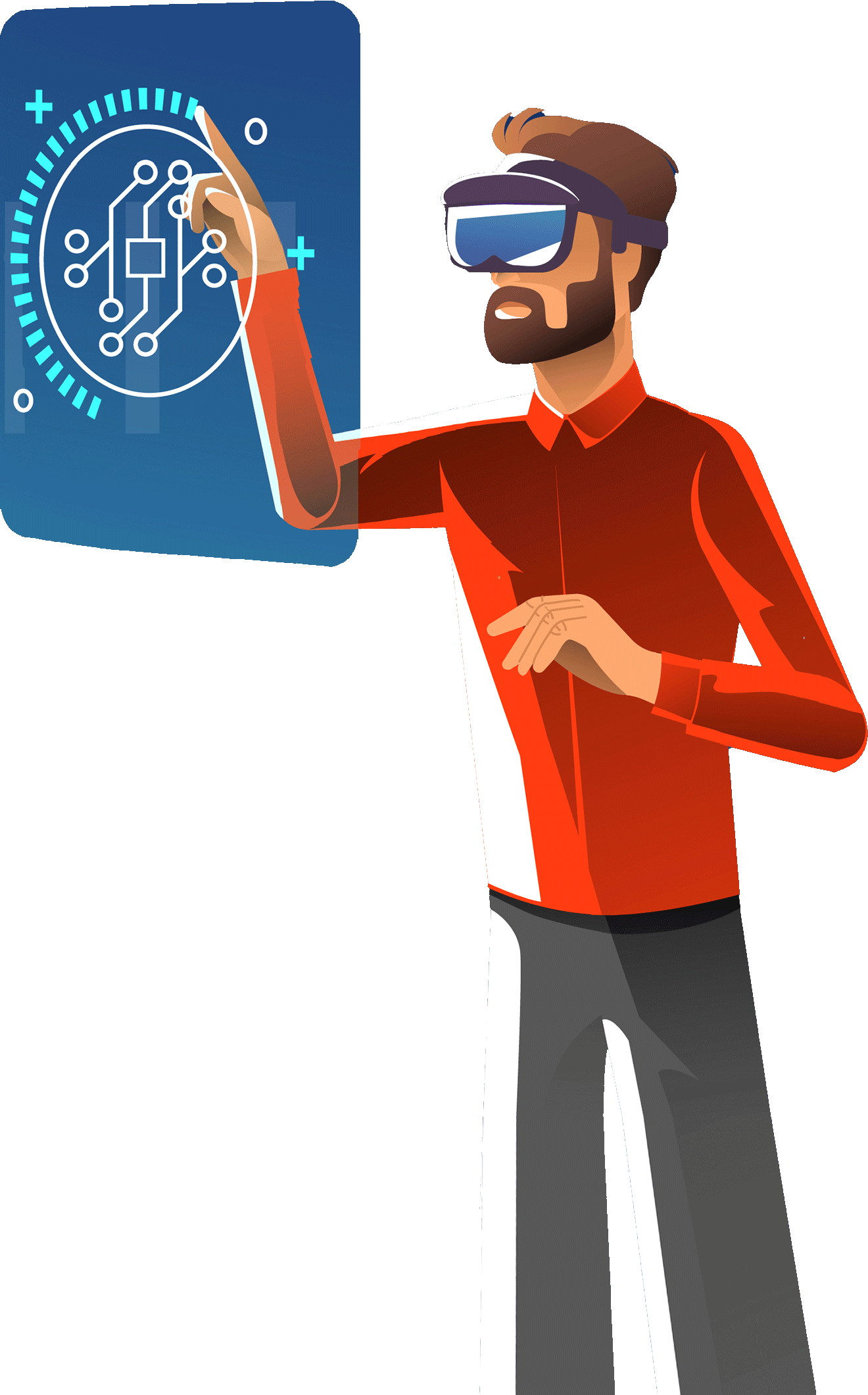

Much like the digital transformation journey, Digital Accessibility is an ongoing process. There will always be room for new solutions and improvements as technology and needs evolve. “This is even more reason for businesses to get started now,” says Andrew Groth, Infosys Executive Vice President & Region Head, Australia & New Zealand, “so they don't get left behind – or leave anyone behind.

Andrew Groth
Infosys
Where are Organisations in Australia & New Zealand
New Zealand more advanced
New Zealand organisations are generally more advanced, with 62% in the Adopter category compared to just 47% of Australian organisations

Mid-sized organisations ahead in maturity
Across both markets, mid-sized enterprises (earning $30m to $49m revenue) are ahead of the maturity curve with 66% at the Adopter stage, compared to just 31% of those earning under $10m and 48% earning more than $50m

It is imperative that digital accessibility is considered at all phases of a digital project, starting with the fundamentals in the design phase. It's therefore essential that organisations understand how digital accessibility and design fit together. By actively thinking about inclusive design as part of your user interface and overall user experience, you can make a major impact before a line of code is written.

Phil Turner
Managing Director, Accessibility Tick, New Zealand
Progress Across Industries

IT and Telecom are leading sectors for Digital Accessibility maturity, with the highest proportion of Adopters (64%). They are followed by Finance and Consulting where 59% of organisations are Adopters.

Not-for-profit and Public Sector organisations have the lowest percentage of Adopters (37%) followed by the Education and Training sector (41%) and Health and Welfare (42%).

Hospitality and Tourism have the highest proportion of organisations of Emerging organisations on their journey (11%) followed by Health and Welfare (10%) and Retail (9%).
Who does the buck stop with?
Most of the organisations that responded for this report design their digital assets using an in-house team. Organisations with a higher revenue are more likely to have an in-house team available to design their digital assets. For more than half of respondents, this is the IT department.

36% design assets completely in-house
38% use a combination of in-house and third-party consultancies.

Only one in four use third-party consultancies.

Marketing departments play a bigger role when it comes to designing customer-facing assets, like the company's website (25%).
Did physical restrictions of the pandemic improve digital access?
The physical restrictions of the pandemic have significantly accelerated digital adoption and transformation in all sectors. For two in five businesses, this has welcomed a stronger focus on Digital Accessibility. But a difficult and disruptive pandemic has also meant that priorities have shifted away from Digital Accessibility for a full quarter of survey respondents.
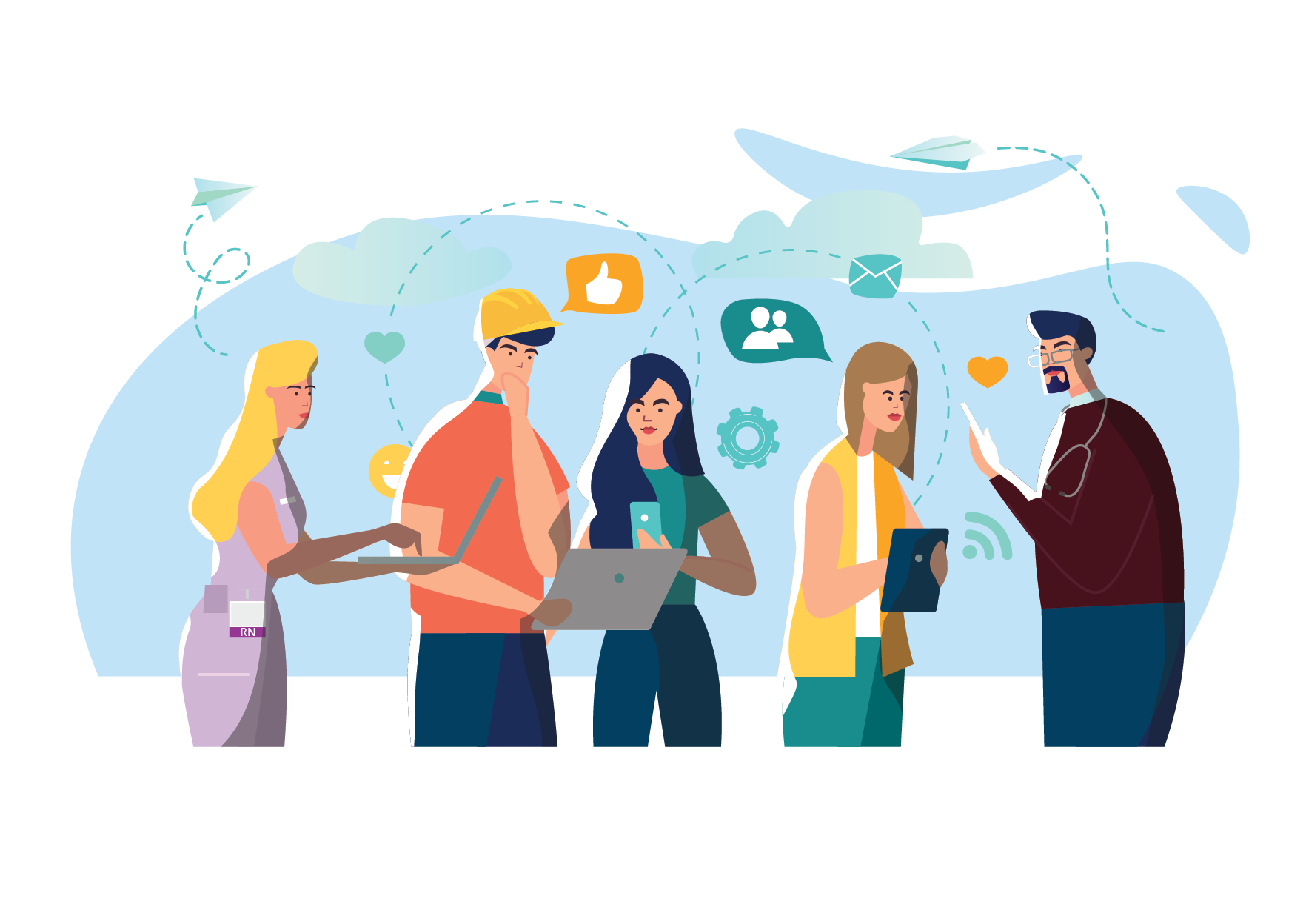
Net shift in Digital Accessibility progress among sectors
- The public sector saw the biggest positive shift, while progress in privately-owned businesses slowed.
- Hospitality and Tourism was significantly impacted and demonstrated the least progress.
- Larger organisations with revenues of $50m or more are more likely to experience a positive shift.
Driven By Culture and Values
For organisations already on the journey, the main drivers for improving Digital Accessibility centre more on culture and values than reputation or regulatory need. This values-driven motivation bodes well for the future, as businesses are in this for tangible, human reasons – and not just for show. The most popular motivations include:

What's holding us back?
This report uncovers some of the digital accessibility barriers faced by Australia and New Zealand organisations. Interestingly, most barriers are not related to lack of priority or sponsorship from leaders but rather other areas including a lack of clear objectives, dedicated budget and of in-house expertise.

Budgetary constraints appear to be a significantly greater challenge amongst Health and Welfare and Public Service organisations.

Interestingly, a lack of awareness of the needs of people with disability is significantly less of a barrier for privately-owned companies.

A perceived lack of relevance to the organisation is more of a barrier amongst IT and Telecom – which seems rather incongruous, given that their focus is digital.
Awareness of WCAG
The World Wide Web Consortium (W3C) develops well-known web standards like HTML or CSS. They've also developed a set of digital access standards called the Web Content Accessibility Guidelines (WCAG). These standards are separated into three levels (A, AA and AAA) and provide businesses with detailed advice and checklists to help enable accessibility of their digital content. But awareness and adoption among large businesses is surprisingly low.

A third of respondents are completely unaware of WCAG
A further third say they are aware but don't know much about its guidelines.
Only one in ten are fully aware of what WCAG entails.

Understanding the Web Content Accessibility Guidelines (WCAG) is critical for organisations to embed digital accessibility into their solutions and services. The guidelines can appear complex and there's certainly more that can be done to drive awareness and provide education on WCAG. For instance, simplifying the guidelines and making them role specific can help organisations use them more effectively.

Scott Hollier
CEO, Centre for Accessibility Australia and an active participant in the World Wide Web Consortium (W3C) Web Accessibility Initiative (WAI)
Building a digital accessibility roadmap

The more advanced an organisation is on the journey, the more importance they place on formal policies. This indicates that the single biggest step an organisation can take may simply be to build a Digital Accessibility roadmap. Along with our respondents and advisors, we've put the following three steps together to help businesses plan their way forward:



